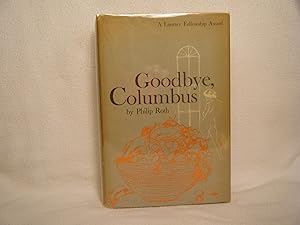

Its characters often have trouble reconciling their ethnicity with the often value-free demands of 20th-Century American life. Second, like all the great modernists, it hopes to put its ethnicity and locality into a modern context. Neil, the narrator of the novella, wanders through the Jewish suburbs of Newark looking to give meaning to his life, but he never looks inward for it, never seems to see that the shallowness he sees in his own family and in his Radcliffe amour Brenda’s upwardly mobile one is a projection of his own emptiness. Rereading it after several decades, I can see two main threads in it that still speak to us. He was especially unhappy with his failure to achieve the tone he wanted in some of the short stories. And Roth, himself, was critical of it late in his career. Others had trouble with its treatment of sex and other distasteful matters. Some orthodox Jews criticized it for self-loathing antisemitism.


I suspect that it was a strong influence on The Graduate, both the 1963 novel and the 1967 film. Scott Fitzgerald, Sherwood Anderson, Ernest Hemingway, and Ralph Ellison. It has been compared with the works of such writers as J. Goodbye, Columbus is usually called Philip Roth’s first novel, although it is in truth a novella, usually published with five short stories to give it the heft it needed to sell as a book.


 0 kommentar(er)
0 kommentar(er)
